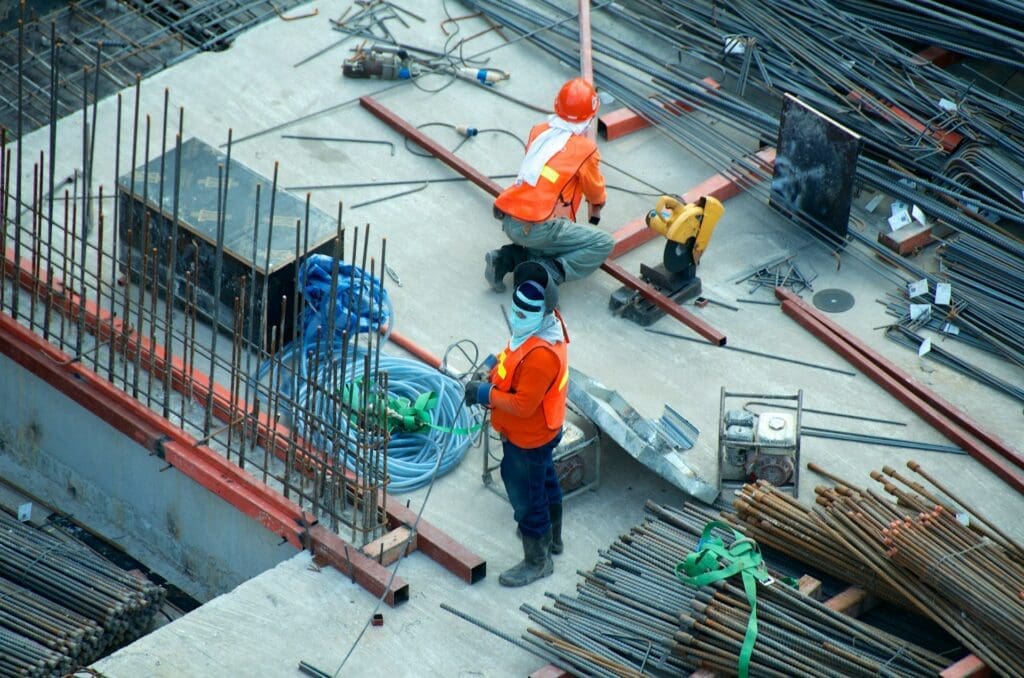Restoration sites are known to be some of the most hazardous places to work in. The risks involved, not just for the workers on the site but also for members of the public nearby, are high. As such, it is essential to prioritize safety on restoration sites to protect everyone involved.
Hazards on Restoration Sites
Restoration projects can pose a wide variety of hazards, including falling from heights, being struck by falling objects, electrocution, burns from fires or chemicals, and getting caught in or between objects or machinery. These hazards, if not managed effectively, can lead to serious injuries or even fatalities. Workers are not the only ones at risk; members of the public who are in close proximity to a construction site can also be at risk. For example, if debris falls onto a public sidewalk or street, it can cause injury or death.
As such, it is essential to identify and mitigate these hazards to keep workers and the public safe. This can be done through thorough risk assessments and implementing appropriate control measures to eliminate or reduce the risk of harm.
The Importance of Safety Culture
Creating a culture of safety is crucial in the construction industry. This involves promoting safety as a top priority and ensuring that everyone on the job site is trained in safety procedures and protocols. Safety culture is a mindset that prioritizes safety above all else. This means that workers on the job site should feel comfortable reporting unsafe conditions or near-misses without fear of retribution. Safety culture also involves regular safety meetings and training sessions to keep workers up-to-date on the latest safety procedures and protocols.
It is important to remember that safety is not just the responsibility of the employer; every worker on the restoration site has a role to play in creating a safe work environment. By creating a culture of safety, all workers can be encouraged to take responsibility for their own safety and the safety of their colleagues.
Personal Protective Equipment
Personal protective equipment (PPE) is an essential component of restoration safety. Workers should wear appropriate PPE for the job they are doing, such as hard hats, safety glasses, and steel-toed boots. Employers should provide PPE to their employees and ensure that it is being used correctly.
In addition to providing PPE, it is essential to ensure that workers are using it correctly. This can be achieved through regular training and supervision. Employers should also ensure that PPE is regularly inspected and maintained to ensure that it is still providing adequate protection.
OSHA Regulations
The Occupational Safety and Health Administration (OSHA) sets regulations for the construction industry to ensure that employers and employees are maintaining a safe work environment. Employers should be familiar with OSHA regulations and ensure that they are adhering to them at all times.
OSHA regulations cover a wide range of topics, including fall protection, hazard communication, and electrical safety. Employers who are found to be in violation of OSHA regulations can face significant fines and other penalties. Therefore, it is essential to ensure that all workers are trained in OSHA regulations and that they are followed at all times.
Best Practices for Restoration Safety
In addition to following OSHA regulations, there are several best practices that employers and employees can implement to keep restoration sites safe. These include:
- Conducting regular safety audits
- Providing ongoing safety training
- Encouraging workers to report unsafe conditions
- Creating a safety committee
- Maintaining equipment regularly
- Using signage and barriers to warn the public of hazards
Regular safety audits can help identify potential hazards before they become a problem. Providing ongoing safety training can help keep workers up-to-date on the latest safety procedures and protocols. Encouraging workers to report unsafe conditions can help identify hazards that may have been overlooked. Creating a safety committee can help ensure that safety is a top priority on the restoration site. Regular equipment maintenance can help identify potential problems before they cause an accident. Using signage and barriers can help warn the public of potential hazards and keep them safe.
Conclusion
Restoration safety is essential for protecting workers and the public on job sites. By identifying and mitigating hazards, creating a culture of safety, providing PPE, following OSHA regulations, and implementing best practices, we can work towards creating safer construction sites and preventing accidents and injuries. Remember, safety is everyone’s responsibility, and it is up to all of us to ensure that restoration sites are safe places to work and visit.




